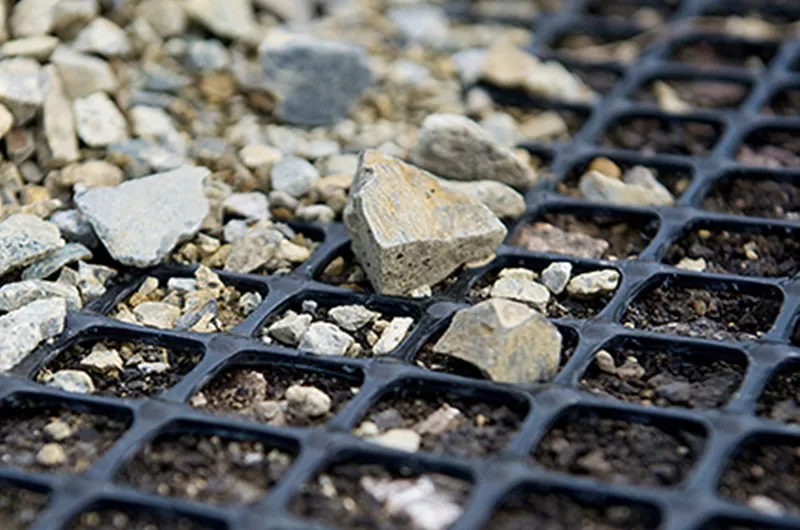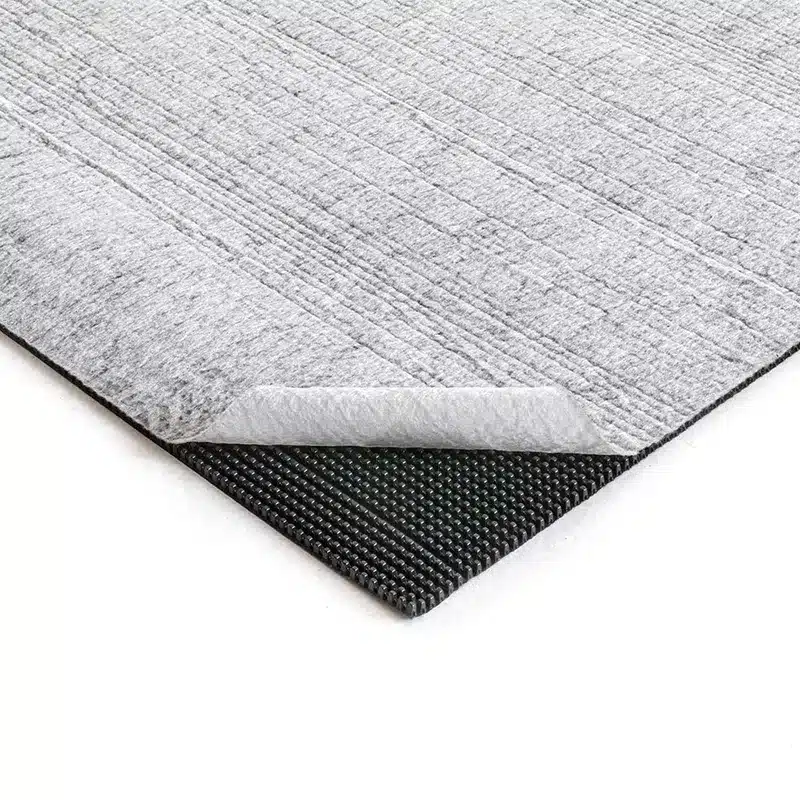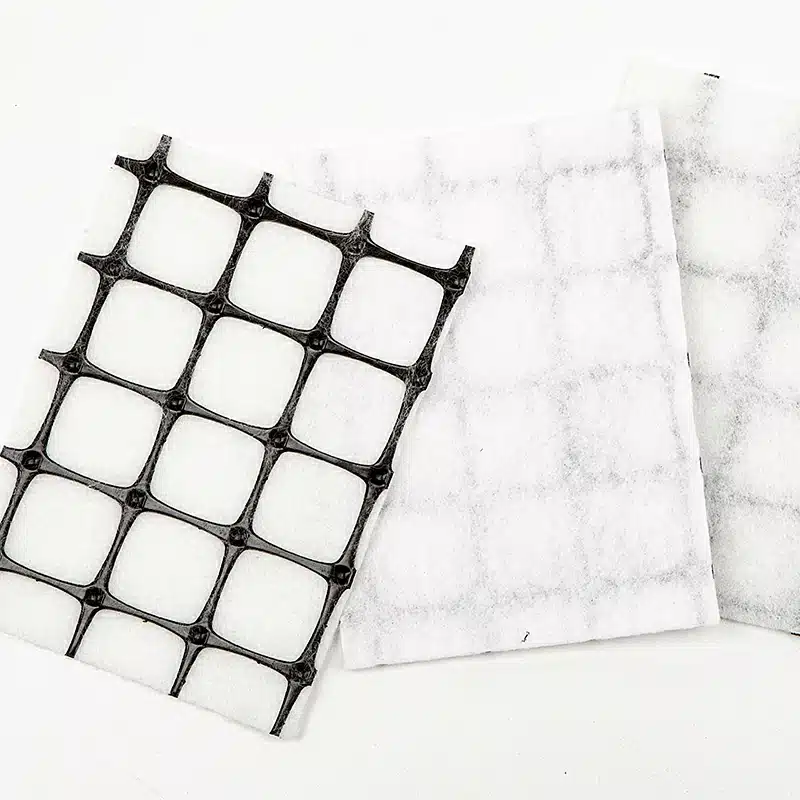+86-159 9860 6917
info@geofantex.com
geofantex@gmail.com
+86-400-8266163-44899
Waterproof barrier geosynthetics are essential components in many civil engineering and environmental protection projects. These materials are specifically designed to act as barriers, preventing the passage of liquids and gases through soils and other substrates. In this article, we will explore the barrier function of geosynthetics, distinguish between geotextiles and geosynthetic membranes, discuss the types of geosynthetics commonly used as barriers, and explain what a geosynthetic liner is.
What is the barrier function of geosynthetics?
The barrier function of geosynthetics refers to their ability to guard against seepage loss, prevent infiltration, improve the flow of fluids, protect groundwater, and isolate contaminated soils by preventing the passage of fluids (such as water, chemicals, or gases) through soil or other materials. This function is critical in applications like landfill liners, where the geosynthetic acts as a barrier to contain leachate and prevent it from contaminating surrounding groundwater. The barrier function is also important in waterproofing applications, such as in retaining walls, dams, and ponds, where the geosynthetic layer ensures that water does not penetrate through the structure.

What is the difference between geotextile and geosynthetic membrane?
Geotextiles and geosynthetic membranes are both types of geosynthetics, but they serve different functions. Geotextiles are permeable fabrics made from synthetic fibers like polyester or polypropylene, typically used for filtration, drainage, separation, or reinforcement. The geomembrane is made of high-density polyethylene, which is used to prevent seepage, while the geotextile is made of non-woven fabric that allows water to pass through while preventing soil particles from moving, making them useful in erosion control and soil stabilization.
In contrast, geosynthetic membranes, often referred to as geomembranes, are impermeable barriers made from materials like high-density polyethylene (HDPE) or polyvinyl chloride (PVC). These membranes are designed to prevent the passage of liquids and gases, making them ideal for applications requiring a waterproof or gas-proof barrier, such as in landfills, reservoirs, and underground storage tanks.
Are there types of geosynthetics generally used for the function of barrier?
Yes, the geosynthetics generally used for barrier functions are geomembranes, geosynthetic clay liners (GCLs), and certain types of geocomposites.
A geomembrane is a synthetic membrane used as an impermeable liner to prevent fluid migration in various applications, including landfills, ponds, and canals.
| Geosynthetic Clay Liners (GCLs) | These are composites of bentonite clay and geosynthetics that act as a hydraulic barrier, commonly used in environmental containment projects. |
| Geocomposites | These combine geotextiles with geomembranes or other materials to provide both barrier and drainage functions, often used in complex environmental protection systems. |
What is a geosynthetic liner?
A geosynthetic liner is a barrier layer made from geosynthetic materials, designed to contain liquids or gases. These liners are often factory manufactured hydraulic barriers consisting either of a layer of bentonite, polymers, or other very low-permeability materials such as concrete. Geosynthetic liners are widely used in environmental engineering projects, such as in landfills, where they line the base of the landfill to prevent leachate from contaminating the groundwater. These liners are also used in ponds, reservoirs, and canals to prevent water loss and in industrial settings to contain hazardous chemicals. The liners can be made from various materials, including HDPE, PVC, or GCLs, depending on the specific requirements of the project.
Waterproof barrier geosynthetics are crucial in civil engineering and environmental protection, providing essential functions that prevent the passage of liquids and gases in various applications. Understanding the differences between geotextiles and geosynthetic membranes, as well as the types of geosynthetics used as barriers, is key to selecting the right material for your project. Geosynthetic liners, whether made from geomembranes, GCLs, or geocomposites, play a vital role in ensuring the integrity and sustainability of infrastructure by effectively containing fluids and protecting the environment.



Get Free Sample
We’ll respond as soon as possible(within 12 hours)





















